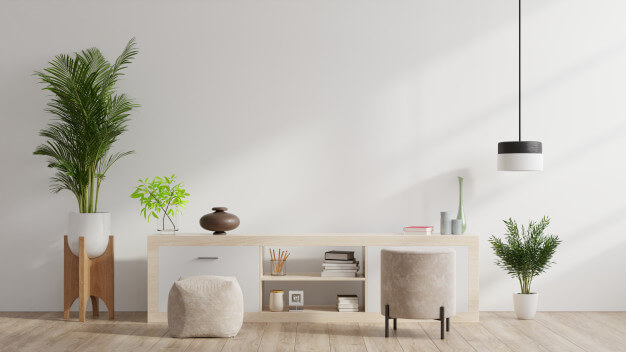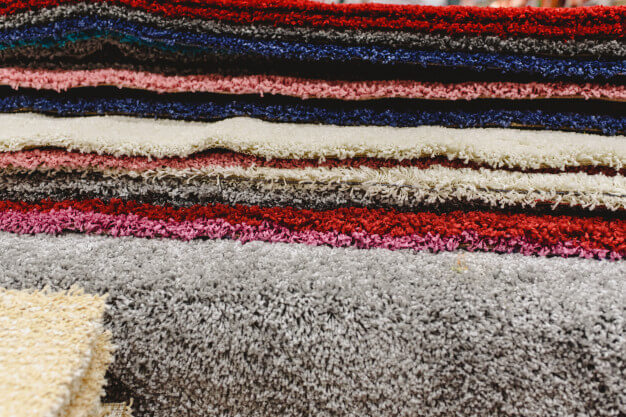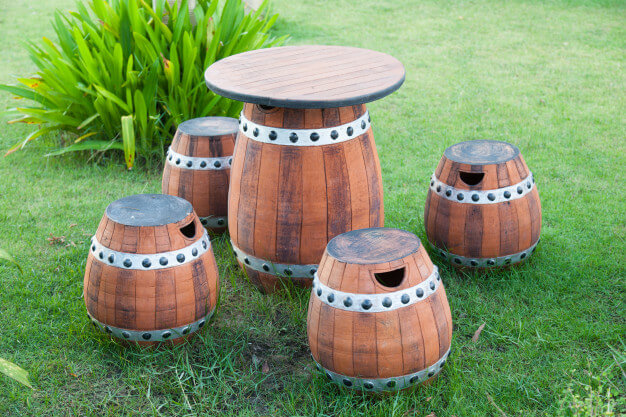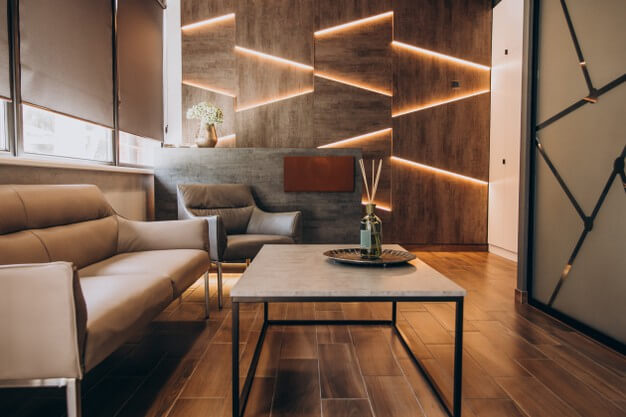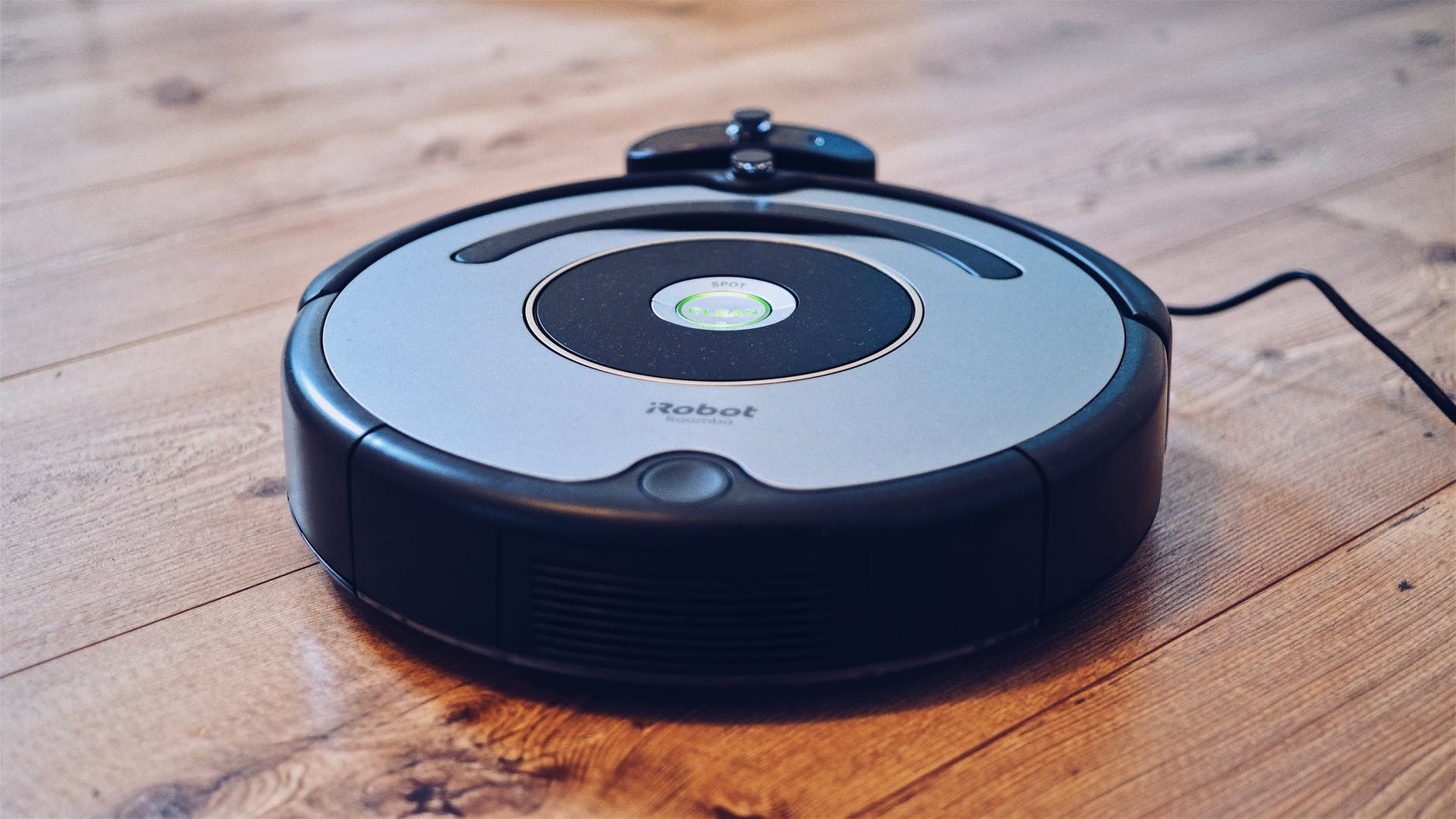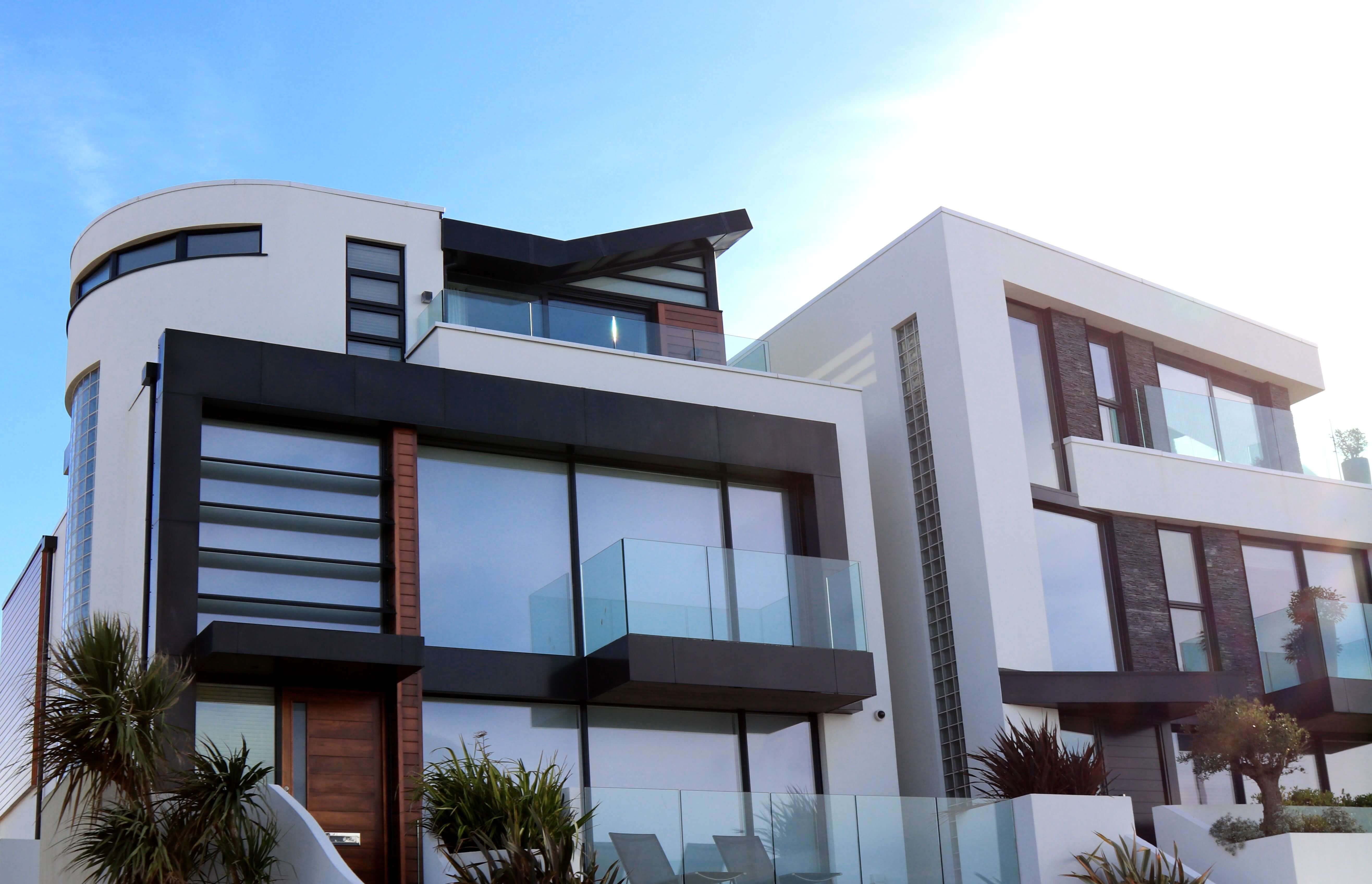Also known as the boho-chic or the gypsy style, the bohemian style is a colorful style, with strong ethnic vibes inspired by the Indian culture and other Eastern influences. In fashion, this style is usually associated with festival looks, with the hippie culture, or with the yoga practice. Overall, it is a style characterized by joy, peace and good vibes. It follows the same rules in interior décor, and due to the fact that it uses a lot of natural materials, this décor style is great for the outdoors. So, if you want to add a colorful touch to a boring patio, we have some excellent suggestions for you.
1. Start with a colorful carpet:
A colorful carpet is the foundation of a bohemian patio. Try to avoid earthly shades like brown or beige, because they have a strong Persian vibe and they will lead the overall décor into a different style. Instead opt for a carpet in shades of pink, green, purple, blue, yellow, and orange. The more colorful the carpet is, the more joyful the whole décor will be.
2. Choose patio furniture made of natural materials:
If you want classic patio furniture, featuring a table and some chairs, avoid manmade materials like plastic, and instead opt for basic wood or bamboo. As far as the style of the furniture, opt for plain models, without any embellishments, carvings, or decorations. Wicker furniture can also work. DIY furniture is also great for this décor style. For example, you can use tree stubs instead of chairs. You can use pallets to make a sofa. You can even attach some legs or wheels to a thick wood board and use it as a table.
3. Relaxation areas are essential:
When it comes to relaxation areas, a sofa just isn’t enough for a bohemian patio. If your space allows it, opt for a baldachin. If not, a hanging chair, a hammock or both can work just as well. Just make sure that all items are colorful and match the overall décor theme. Moreover, don’t forget to throw in some colorful pillows. You can opt for crochet pillows or pillows with Eastern patterns.
4. Don’t forget the plants:
Despite the fact that it features a lot of bold colors that don’t really make you think of nature, the bohemian culture is actually all about embracing nature. So, make sure to add some lush greenery to your patio. You can choose any type of plant, but try to stick to leafy plants, as natural green will look great with the bold colors of the bohemian décor.
5. Choose the proper lighting elements:
If you are creating a patio, the first thing that should you should be looking at is natural light. This means that natural sunlight should play an important role to elevate the overall experience of the patio. Make sure that you are working with your designer to install a retractable glass patio roof that opens up to allow goodness from sunlight to enter.
If your budget is tight, a dozen candles are all you need to give your patio a magical vibe on a warm summer evening. Colorful paper lanterns can also work well. However, if you are willing to spend a little more, there are some great lighting fixtures that you can use in this décor style. From chandeliers to Moroccan lanterns, the bohemian décor embraces all lighting fixtures featuring intricate details.
6. Decorations:
Any colorful decorations will go well on a bohemian patio, but there are some classic elements that go well with this décor style. First of all, go crazy with wood stock windchimes. Not only do windchimes look great, but they will also add some musicality to your patio. Dream catchers are also widely associated with this style. For a more authentic vibe, you can also use some eastern pottery as decorations. If you can’t find anything like that or if you can’t afford it, painted bottles can look just as good. A beaded curtain can also be a great idea. If you can’t find one, you can make it yourself. All you need is some string and lots of beads. Yoga-inspired decorations also work well with this décor style, and so do any other decorations inspired by Eastern cultures.
Read Also:













